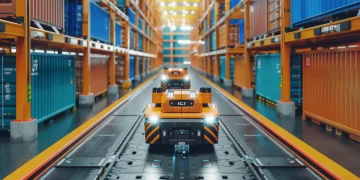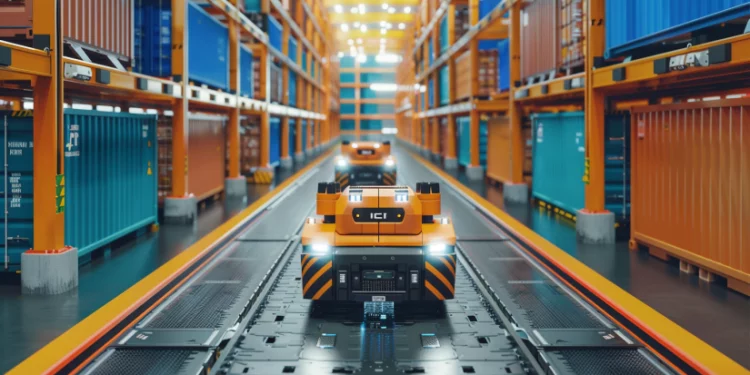The global shipping industry is on the cusp of a significant transformation with the increasing adoption of automation technologies at major ports worldwide. This trend, driven by advancements in robotics and artificial intelligence (AI), is poised to revolutionize container handling operations, enhancing efficiency, safety, and productivity within the busy world of port logistics.
Addressing Bottlenecks:
Congestion and delays at major ports are a persistent challenge in global trade. Traditional container handling, reliant on manual labor and heavy machinery, can be slow and prone to inefficiencies. Automation offers a solution, promising:
- Faster Throughput: Automated cranes and straddle carriers can operate 24/7, significantly accelerating the loading and unloading of containers from ships, leading to faster turnaround times.
- Improved Safety: Replacing human workers in potentially hazardous environments minimizes the risk of accidents and injuries.
- Increased Efficiency: Automation streamlines operations by optimizing yard layouts and container movement, reducing idle times and maximizing storage capacity.
Robots on the Rise:
Several cutting-edge technologies are driving the rise of port automation:
- Automated Guided Vehicles (AGVs): Driverless vehicles equipped with AI navigate designated routes to transport containers within the port.
- Automated Stacking Cranes: AI-powered cranes autonomously handle container loading and unloading from ships and stacks them efficiently within the yard.
- Optical Character Recognition (OCR): Cameras and software automatically read container identification numbers, streamlining data collection and tracking.
Challenges and Considerations:
While automation presents exciting possibilities, some challenges remain:
- High Initial Investment: Implementing automated systems requires a significant upfront investment in technology and infrastructure.
- Job Displacement: Automation might lead to job losses for some port workers. However, it could also create new opportunities for skilled personnel to oversee and maintain the automated systems.
- Cybersecurity Concerns: Robust cybersecurity measures are crucial to protect port automation systems from potential hacking attempts.
A Collaborative Approach:
Successful implementation of port automation requires a collaborative approach:
- Investment from Port Authorities: Ports need to invest in automation technology and infrastructure to reap the benefits of efficiency and productivity improvements.
- Training and Upskilling: Preparing the existing workforce for new roles in a more automated environment is crucial.
- Collaboration with Shipping Lines: Cooperation between port authorities and shipping lines is essential for seamless integration of automated systems with existing logistics networks.
A Look Ahead:
The rise of port automation marks a significant step towards a more efficient and future-proof port logistics ecosystem. By addressing challenges and fostering collaboration, this trend has the potential to transform the global shipping industry, leading to faster turnaround times, improved safety, and a more streamlined flow of goods across the world. As technology continues to advance and costs decrease, we can expect to see wider adoption of automation across various port operations, paving the way for a smarter and more efficient future for global trade.























